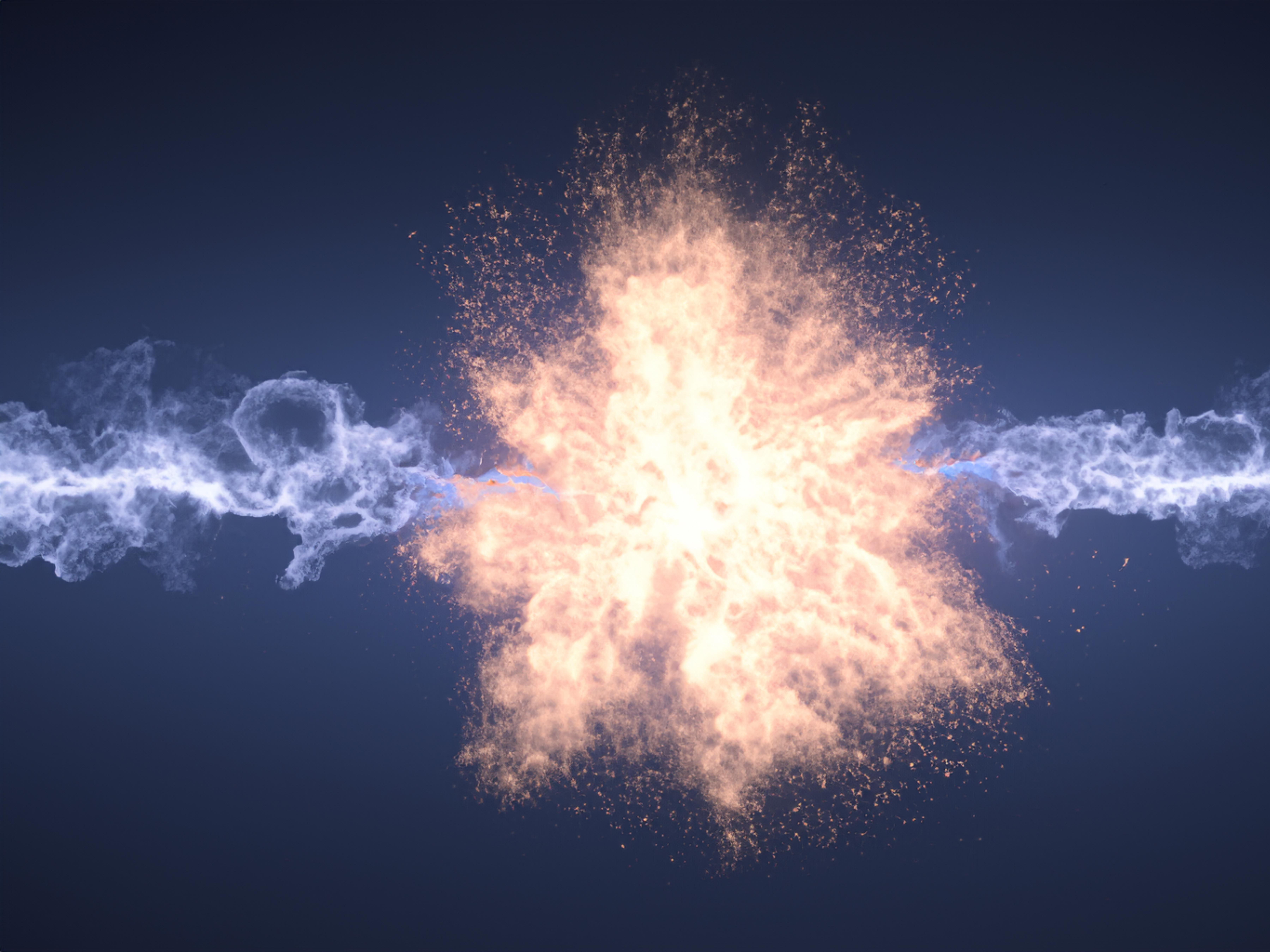 (NewsUSA)
(NewsUSA) - The United States leads the world in artificial intelligence (AI), but this edge is at risk without a solution to the energy crisis caused by data centers that power AI, onshore manufacturing, and rapid electrification according to experts at the Special Competitive Studies Project (SCSP), a nonprofit and nonpartisan initiative with a goal of making recommendations to strengthen America's long-term competitiveness in AI and other emerging technologies.
- The United States leads the world in artificial intelligence (AI), but this edge is at risk without a solution to the energy crisis caused by data centers that power AI, onshore manufacturing, and rapid electrification according to experts at the Special Competitive Studies Project (SCSP), a nonprofit and nonpartisan initiative with a goal of making recommendations to strengthen America's long-term competitiveness in AI and other emerging technologies.
Recent estimates suggest that the increasing use of commercial AI models will cause a 160% increase in energy consumption by 2030, the SCSP experts say.
Currently, single data centers are the sources of energy for training and running frontier AI models. If the increase in power continues as predicted these data centers would require up to a gigawatt (GW) of power for a single center—approximately the same amount of energy consumed by 750,000 U.S. households.
“To believe that the United States would need 10 GW data centers in the next three or four years only requires believing that current expansions of computing power continue to hold,” according to SCSP.
To get the U.S. on track to meet these energy demands, SCSP experts have recommended various options to speed up energy infrastructure buildouts, but these require reforms such as reducing the statute of limitations and standing for NEPA claims (to eliminate frivolous litigation) and standing up a federal court with exclusive jurisdiction over permitting cases (to expedite legal proceedings).
Some other aspects of improvement to support the energy needs of AI include:
- Fixing the grid. The current U.S. power grid relies on outdated analog designs, and modernization is essential to getting power to where it needs to go.
-Using AI. Researchers have used machine learning in real-time to reduce the amount of energy escaping from fusion reactions, which improves efficiency without sacrificing quality. The Department of Energy (DOE) also uses AI for advanced computing, emergency response, environmental modeling, climate forecasting, materials research, and more.
-Developing advanced technology. Nuclear reactors are strong candidates for delivering energy, but sluggish timelines and high price tags slow the process of development, as do regulations. The SCSP experts argue that fusion energy may become another useful component of a long-term energy buildout.
Getting serious about AI means getting serious about energy, and the SCSP’s upcoming SCSP’s AI + Energy Summit will convene the nation’s top experts to collaborate on energy solutions.
Visit scsp.ai to learn more.
